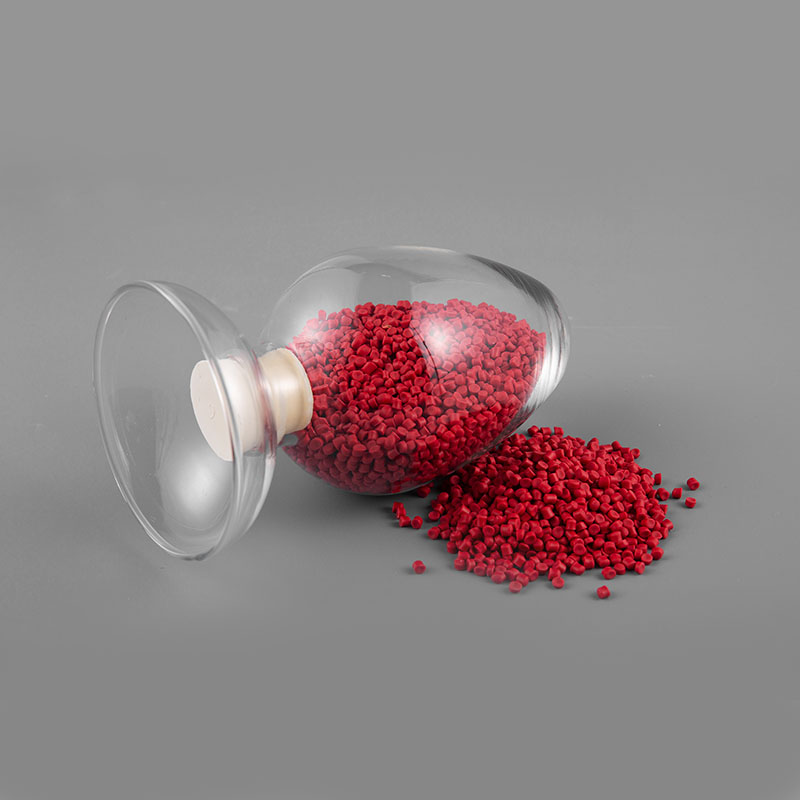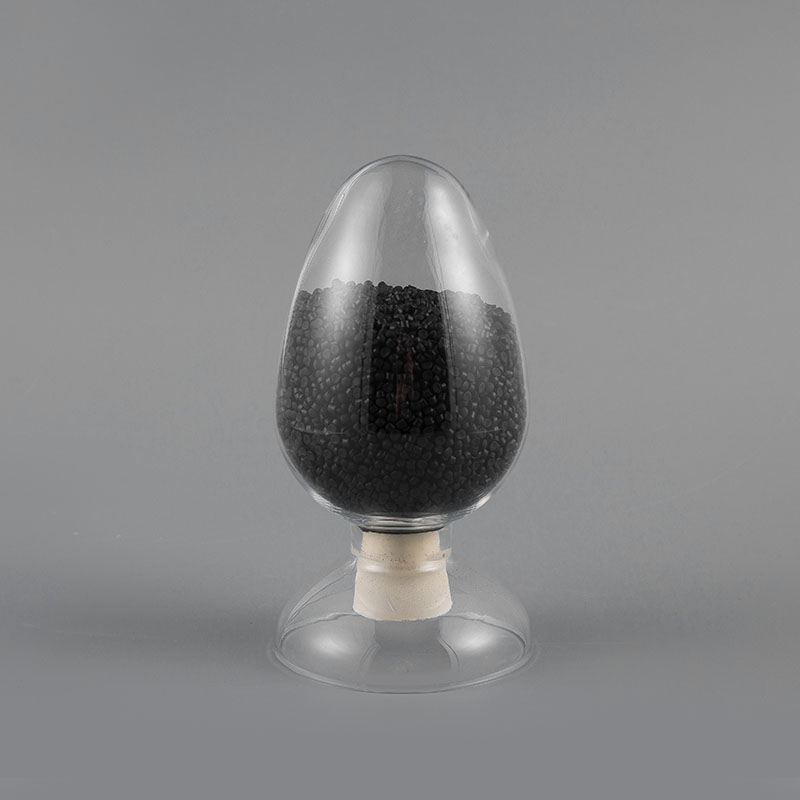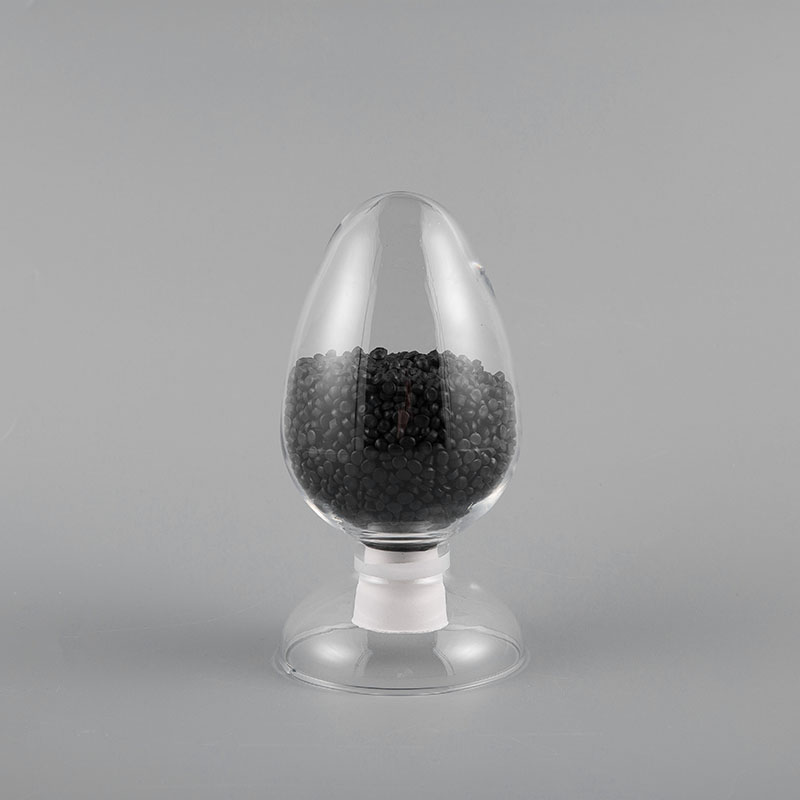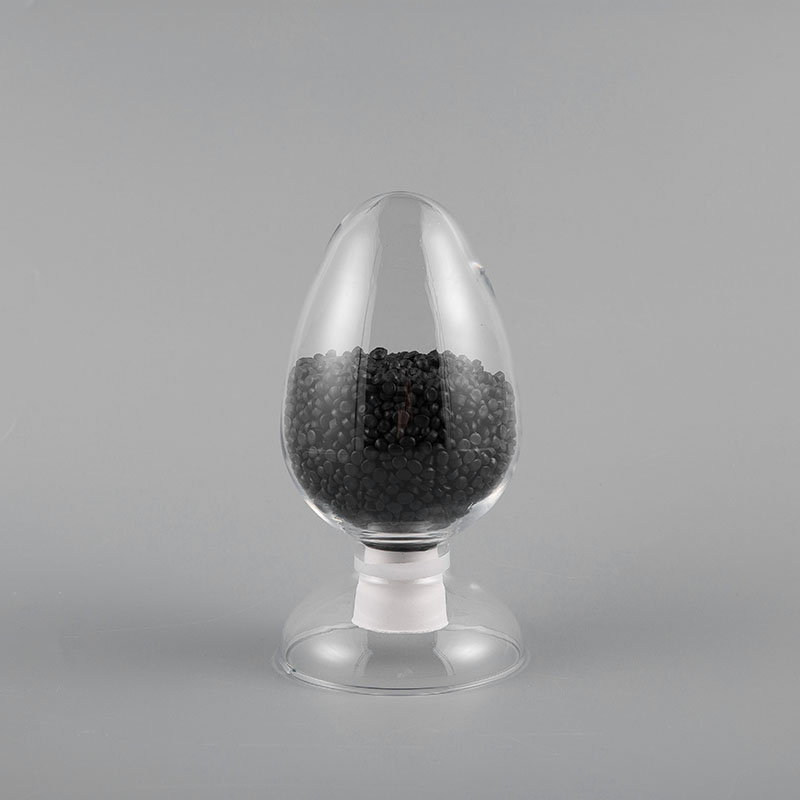Understanding PVC Power Wire Compounds
PVC (Polyvinyl Chloride) power wire compounds are specialized materials used for insulating and protecting electrical wires and cables. These compounds offer excellent electrical insulation properties, flame resistance, and durability, making them ideal for various power transmission applications. The formulation of PVC power wire compound can be customized to meet specific requirements such as temperature resistance, flexibility, and environmental stability.
10269 105℃ UL Standard PVC Electronic Wire Compound
1.1 Key Components of PVC Power Wire Compounds
The primary components include PVC resin, plasticizers, stabilizers, fillers, and additives. Each component plays a crucial role in determining the final properties of the compound. For instance, plasticizers enhance flexibility, while stabilizers prevent degradation during processing and use.
1.2 Manufacturing Process
The production involves mixing raw materials, extrusion, and cooling. Quality control measures ensure consistency in electrical and mechanical properties.
Benefits of Using PVC Compounds for Electrical Wiring
PVC power wire compounds provide numerous advantages over other insulating materials. Their cost-effectiveness, combined with superior performance, makes them a preferred choice in the electrical industry.
2.1 Electrical Insulation Performance
PVC compounds exhibit high dielectric strength, which prevents current leakage and ensures safe power transmission. Compared to polyethylene, PVC offers better flame retardancy.
2.2 Durability and Environmental Resistance
These compounds resist moisture, chemicals, and UV radiation, ensuring long-term reliability in harsh environments.
How to Choose the Right PVC Compound for Power Cables
Selecting the appropriate PVC power wire compound requires careful consideration of several factors to ensure optimal performance for specific applications.
3.1 Temperature Rating Requirements
Different applications demand varying temperature resistances. For example, compounds used in underground cables must withstand higher temperatures than those in indoor wiring.
3.2 Flexibility and Mechanical Strength
The table below compares key properties of standard vs. high-flexibility PVC compounds:
| Property | Standard Compound | High-Flexibility Compound |
|---|---|---|
| Tensile Strength | 15-20 MPa | 10-15 MPa |
| Elongation at Break | 150-200% | 250-300% |
Innovations in PVC Power Wire Compound Technology
Recent advancements have led to improved formulations that address evolving industry needs while maintaining cost efficiency.
4.1 Eco-Friendly Formulations
New PVC power wire compounds use lead-free stabilizers and phthalate-free plasticizers to meet environmental regulations without compromising performance.
4.2 Enhanced Fire Safety Features
Modern compounds incorporate advanced flame retardants that reduce smoke emission during combustion, improving safety in confined spaces.
Common Applications of PVC Insulated Power Cables
The versatility of PVC power wire compounds enables their use across diverse sectors, from residential to industrial applications.
5.1 Building Wiring Systems
PVC-insulated cables are extensively used in residential and commercial buildings due to their excellent insulation and fire-resistant properties.
5.2 Industrial Power Distribution
In factories and plants, these compounds protect cables from oil, chemicals, and mechanical stress while ensuring reliable power transmission.
5.3 Renewable Energy Infrastructure
Solar and wind power installations increasingly rely on PVC-insulated cables for their durability and weather resistance.


 English
English 中文简体
中文简体 русский
русский







